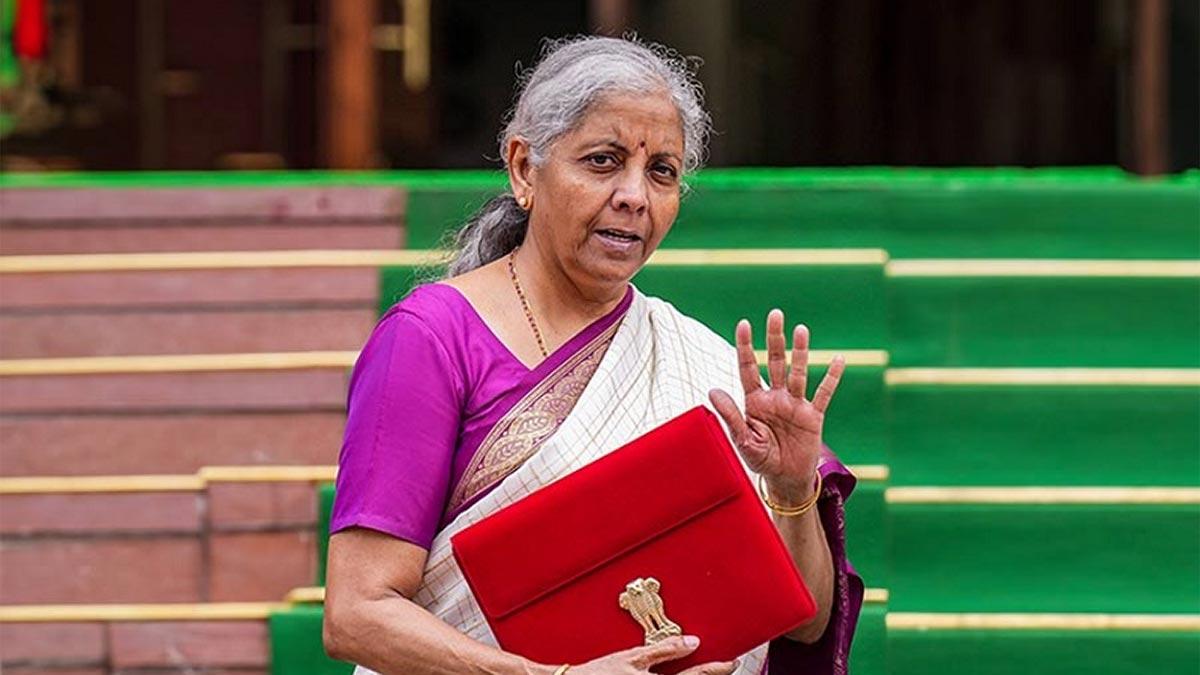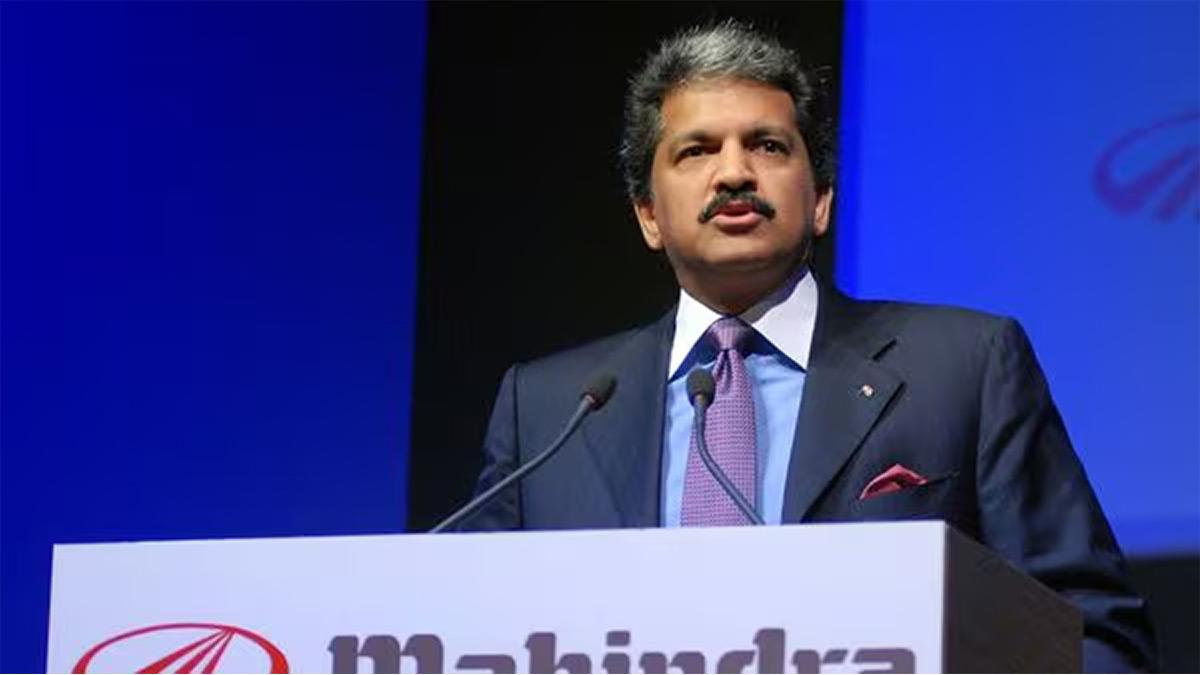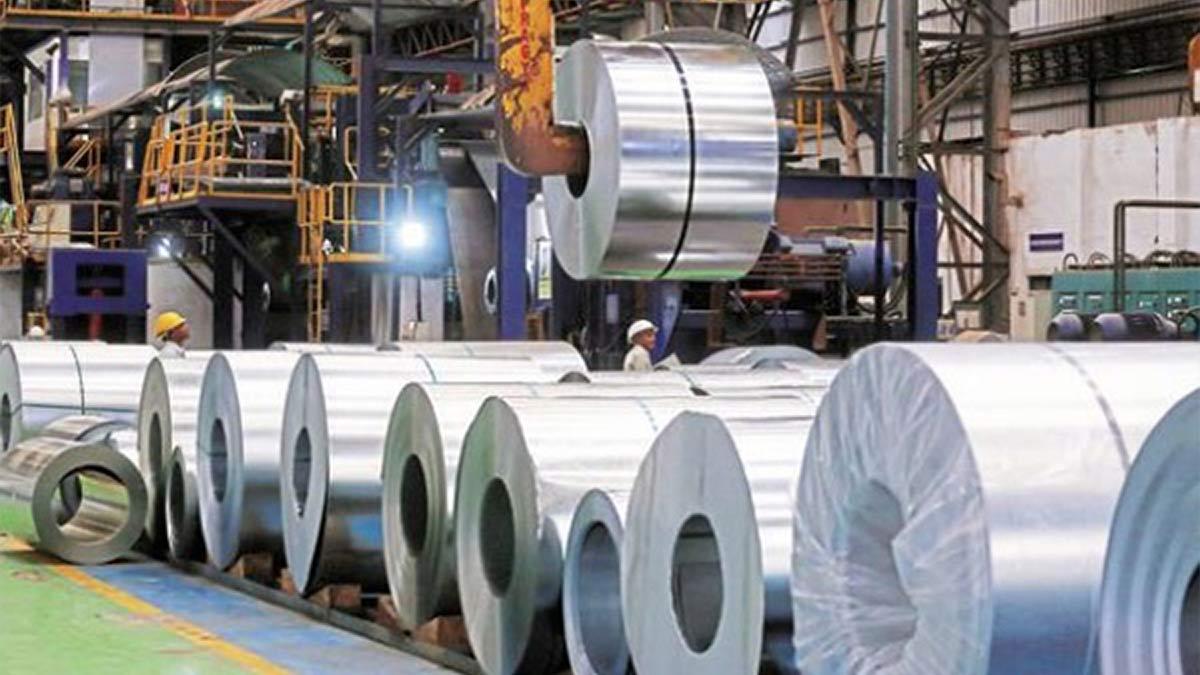The decline in global oil prices, despite the geopolitical uncertainty in West Asia, has come as a major shot in the arm for the Indian economy as the country imports over 85 per cent of its crude oil requirement.
Volatile oil prices pose a downside risk to the economy as costlier imports trigger an increase in domestic inflation and weaken the rupee as more US dollars are required to make import payments.
The price of the Indian basket of crude oil imports, which was moderating earlier, trended upwards during July-October 2023 after the OPEC+ oil cartel went in for production cuts. However, the economic slowdown worldwide has now led to a decline in demand causing prices to fall again.
The price of the Indian basket of crude imports averaged $90.08 a barrel during October 2023 and $93.54 per barrel during September 2023. Prices of the benchmark Brent crude in the international market are now down to $77 a barrel while the Indian basket would be even lower.
In the current situation, while the geopolitical tensions sparked by the Israel-Hamas war tend to push up oil prices, it is the softening demand that eventually results in bringing prices down.
The past experience has been that prices surged in March, 2022 as Russia's invasion of Ukraine upended global crude flows which caused prices to shoot past the $139 a barrel mark.
However, prices came down sharply in the second half of the year as central banks hiked interest rates and stoked fears of recession which caused demand to crash.
Government's Chief Economic Advisor V. Anantha Nageswaran does not see oil prices as a major downside risk for the Indian economy in the next financial year (2024-25).
"The geopolitical situation and what is happening to cargo movement in the Red Sea are relevant factors. However, this is going to run into the challenge of slowing demand. If prices rise, they will further cool down the economic activity," Nageswaran said in an interaction at State Bank of India's Banking and Economic Conclave in Mumbai last week.
"I do not think energy demand will necessarily become sufficient enough in the course of 2024 to see oil prices spike up," he added.
An oil price surge of 10 per cent from the baseline of $85 per barrel could weaken domestic growth by 15 basis points and increase inflation by 30 basis points, according to economists.
Leading global investment bank Morgan Stanley estimates that every $10 rise in oil prices pushes up India's inflation by 50 basis points, assuming the higher costs are passed on to consumers, and widens the current account deficit by 30 basis points.
The RBI hiked the policy repo rate by 250 basis points between May 2022 and February 2023 to combat inflationary pressures in the economy. It has since held the rate steady at 6.50 per cent but has said it remains focused on lowering inflation to the 4 per cent target.
The central bank projects inflation at 5.4 per cent in fiscal year 2023-24, based on an average crude oil price of $85 in October-March. An increase in crude oil prices would lead to a delay in any cut in interest rates to spur economic growth.
On the other hand, the decline in crude prices, which would also bring down domestic inflation, would lead to an earlier reduction in interest rates to rev up economic activity.
Read also| Stabilization in Oil Prices as Red Sea Transport Disruptions Ease
Read also| India Poised for Benefits as Crude Oil Prices Hit 4-Month Low


















